It's summer and you're craving pesto sauce with all the basil in your garden, but what happens when you don't have pine nuts? Don't worry! You most likely have an excellent substitute in your pantry. Here's a list of the best substitutes for pine nuts.
This post may contain affiliate links, meaning I may earn a small commission when you click on the links and make a purchase. I will never recommend a product that I don’t support 100%.
What are pine nuts?
Pine nuts are the edible seeds of pine trees. They have a buttery texture and a very mild nutty flavor. They are one of the most expensive nuts available at your local grocery store. They're used to thicken sauces like a traditional basil pesto or as salad ingredients. Pine nuts are great for energy levels due to their high amount of protein, iron, and magnesium, and they're also a great source of Vitamin E. However, the list below is not only good alternatives because of the flavor but because of the health benefits, too!
They're so expensive because of the time it takes them to grow and the effort it takes to harvest them. It takes 15 - 25 years for trees to begin producing seeds! Plus, they're typically harvested by hand, also adding to the steep price tag.
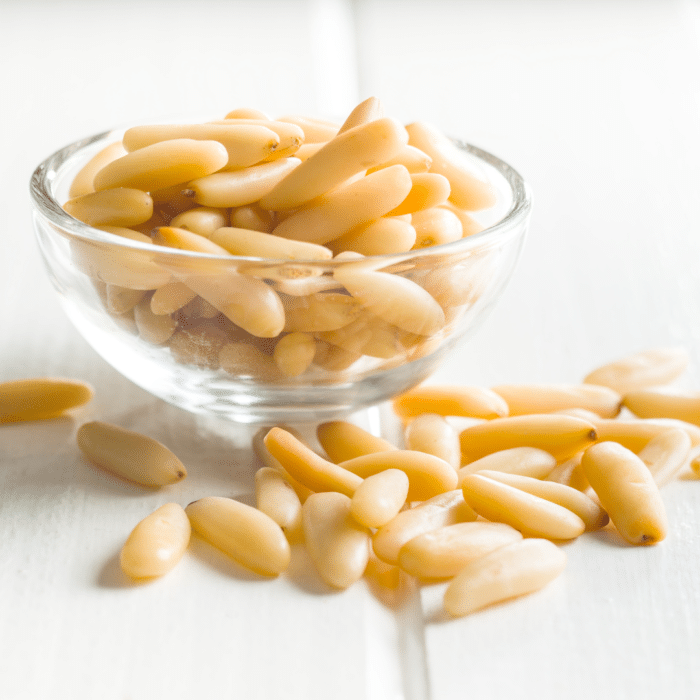
Best substitutes for pine nuts
I love making homemade pesto, especially in the summer, but I cannot stand the price tag of pine nuts. So, here are some of the best pine nut substitutes that will save you some money and add that similar nutty taste to any recipe that calls for pine nuts. All of these substitutes can be used for any recipe! WSehehr it be pesto, a salad or anything else that may call for pine nuts.
Cashews
Cashew nuts are arguably the best substitute for pine nuts. They have a slightly sweeter taste compared to other nut substitutes, plus it has a very similar texture to pine nuts. That soft texture makes it a great option to use in a homemade pesto recipe.
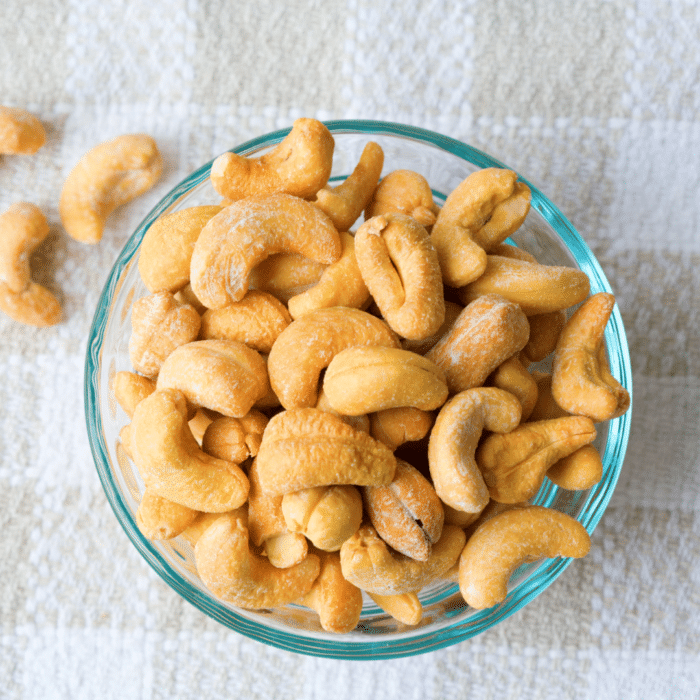
Substitution: 1 ½ tablespoons of cashews = 1 tablespoon of pine nuts.
Tip: chop your cashews and toast them in a dry pan over medium heat to really bring out that nutty flavor
Pistachios
Pistachios are also a great substitute for pine nuts in pesto. Both pistachios and pine nuts have a buttery flavor, but I love the green color of pistachios to really elevate a homemade pesto. Classic pesto is made with a marble mortar, but if you use pistachios, you'll absolutely want to use a food processor. Pistachio pesto is one of my favorite recipes to make in the summer.
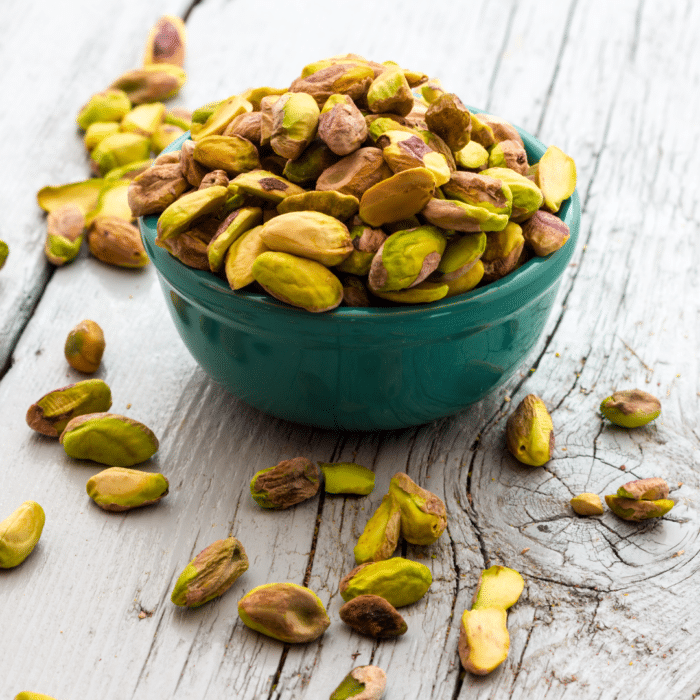
Substitution: 1 ½ tablespoons of pistachios = 1 tablespoon of pine nuts.
Tip: use unsalted pistachios so you can control the flavor when making savory recipes.
Walnuts
Rumor has it, walnuts are the go-to pine nut substitution for Italians. It's a very budget-friendly alternative and you can use it in lots of recipes. From savory dishes to desserts, walnuts are great to keep stocked in your pantry. They're great sources of omega-3s, Vitamin E, and antioxidants.
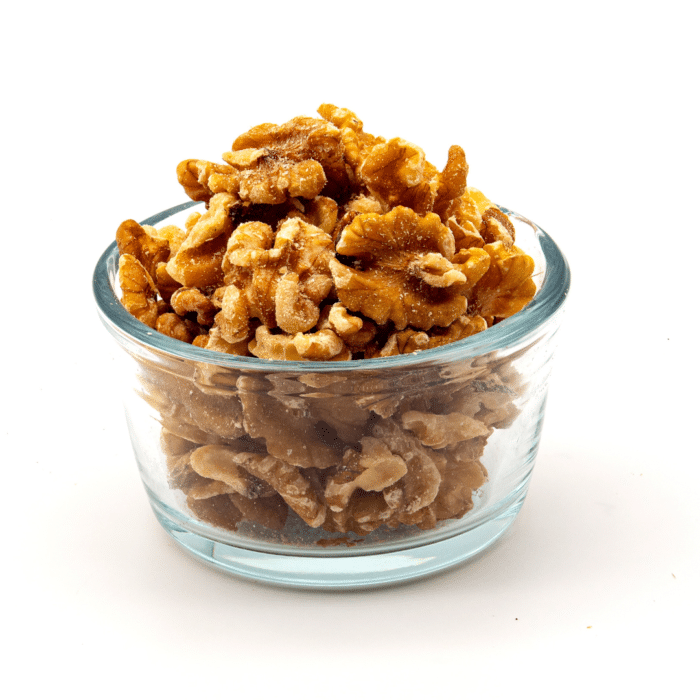
Substitution: ½ tablespoon of walnuts = 1 tablespoon of pine nuts
Tip: Roast the walnuts to easily peel off some of the skin. The skin adds a slightly bitter taste. Then, you can soak the walnuts overnight to turn them soft and creamy for homemade pesto.
Almonds
Almonds are a great option to use in place of pine nuts. They have that buttery, yet crunchy texture. You can soak them to get the texture closer to pine nuts.
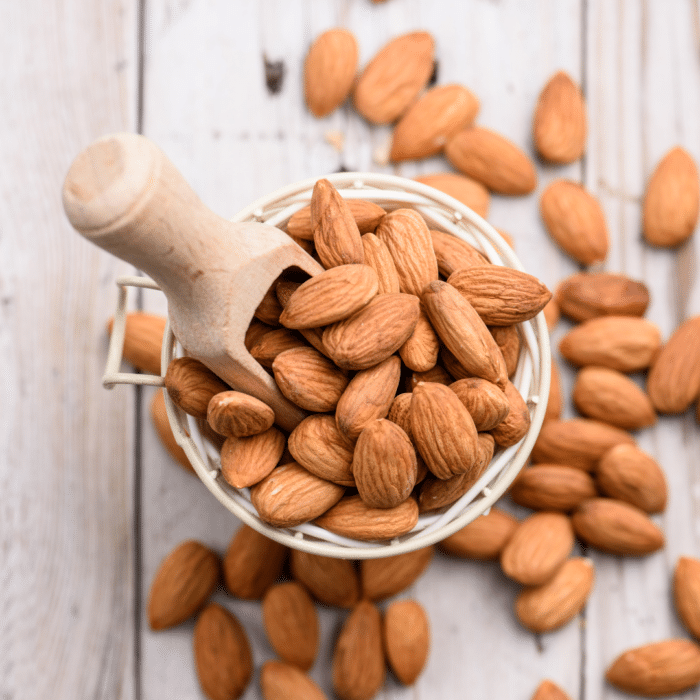
Substitution: 1 tablespoon of almonds = 1 tablespoon of pine nuts.
Peanuts
If we want to talk about a good substitute that is very affordable, peanuts are it. I don't recommend using this for a pesto recipe, but if you have a dessert recipe that calls for pine nuts, you can absolutely use peanuts instead. Peanuts are a great source of protein and other vitamins and minerals.
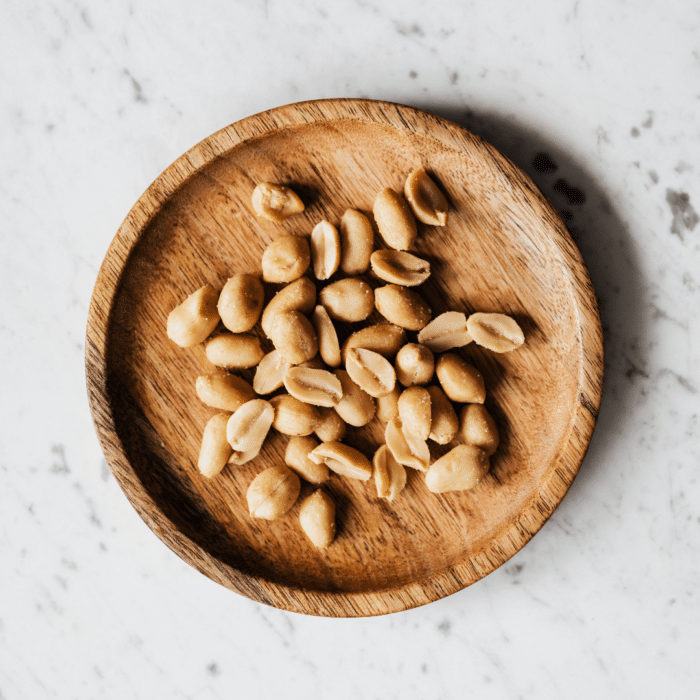
Substitution: ½ tablespoon of peanuts =1 tablespoon pine nuts
Tip: If you want to add an extra flavor, try using honey-roasted peanuts!
Sunflower Seeds
Sunflower seeds are really close in size to pine nuts and they have a mild flavor. This is one of the best pine nut alternatives for those with nut allergies because this is a seed, not a nut!
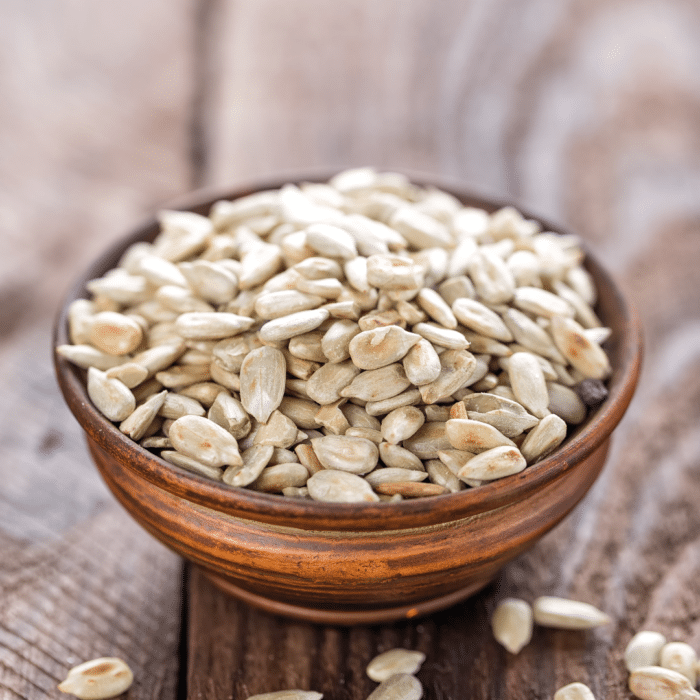
Substitution: 1 tablespoon of sunflower seeds = 1 tablespoon of pine nuts
Tip: Sunflower seeds are gray in color and will dull the green color of homemade pesto. For the best results, if possible, stick to some other options on this list, like pistachios.
Pumpkin Seeds
Pumpkin seeds may be the closest on this list to the size of pine nuts making them a good choice. Plus, these are seeds, so you can make your dish suitable for those with nut allergies.
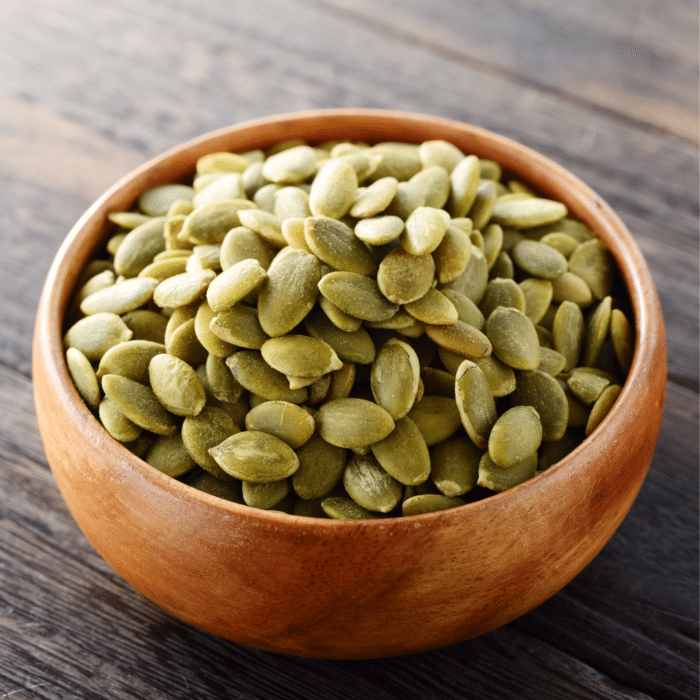
Substitution: ½ tablespoon of pumpkin seeds = 1 tablespoon of pine nuts
Tip: Pumpkin seeds tend to be more oily than pine nuts, so if you do use pecans for pesto pasta, be sure to adjust how much extra-virgin olive oil you use.
Sesame Seeds
Sesame seeds aren't the best option to use in pesto, but if you have a salad that calls for pine nuts, you can use sesame seeds in that!
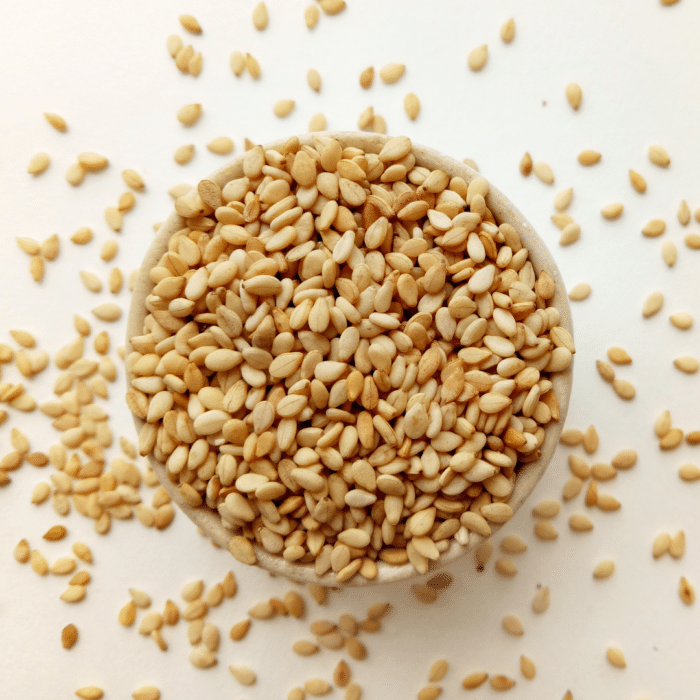
Substitution: 2 tablespoons of sesame seeds = 1 tablespoon of pine nuts
Tip: Toast sesame seeds to really bring out the flavor.
Pecans
Pecan nuts are also a good pine nut substitute. Pecans have a sweet taste, so this is a great option to use in sweet dishes like ice cream, cakes, cookies, or bread.
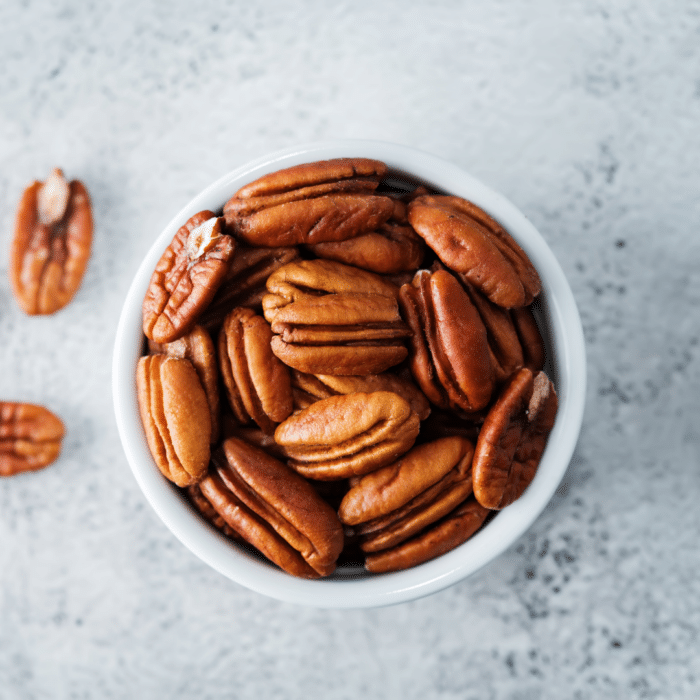
Substituion: ¾ tablespoon of walnuts = 1 tablespoon of pine nuts.
Tip: pecans tend to be more oily than pine nuts, so if you do use pecans for pesto pasta, be sure to adjust how much extra-virgin olive oil you use.
What can you use instead of pine nuts in pesto?
You can use cashews (toasted) or pistachios.
What is pine nut syndrome?
Pine nut syndrome, or pine mouth, is a taste disturbance that causes people to experience a bitter or metallic taste for anywhere from a few days to 2 weeks. Not all people who consume pine nuts experience this and symptoms normally disappear after a few days and there are no adverse health effects.

















Leave a Reply